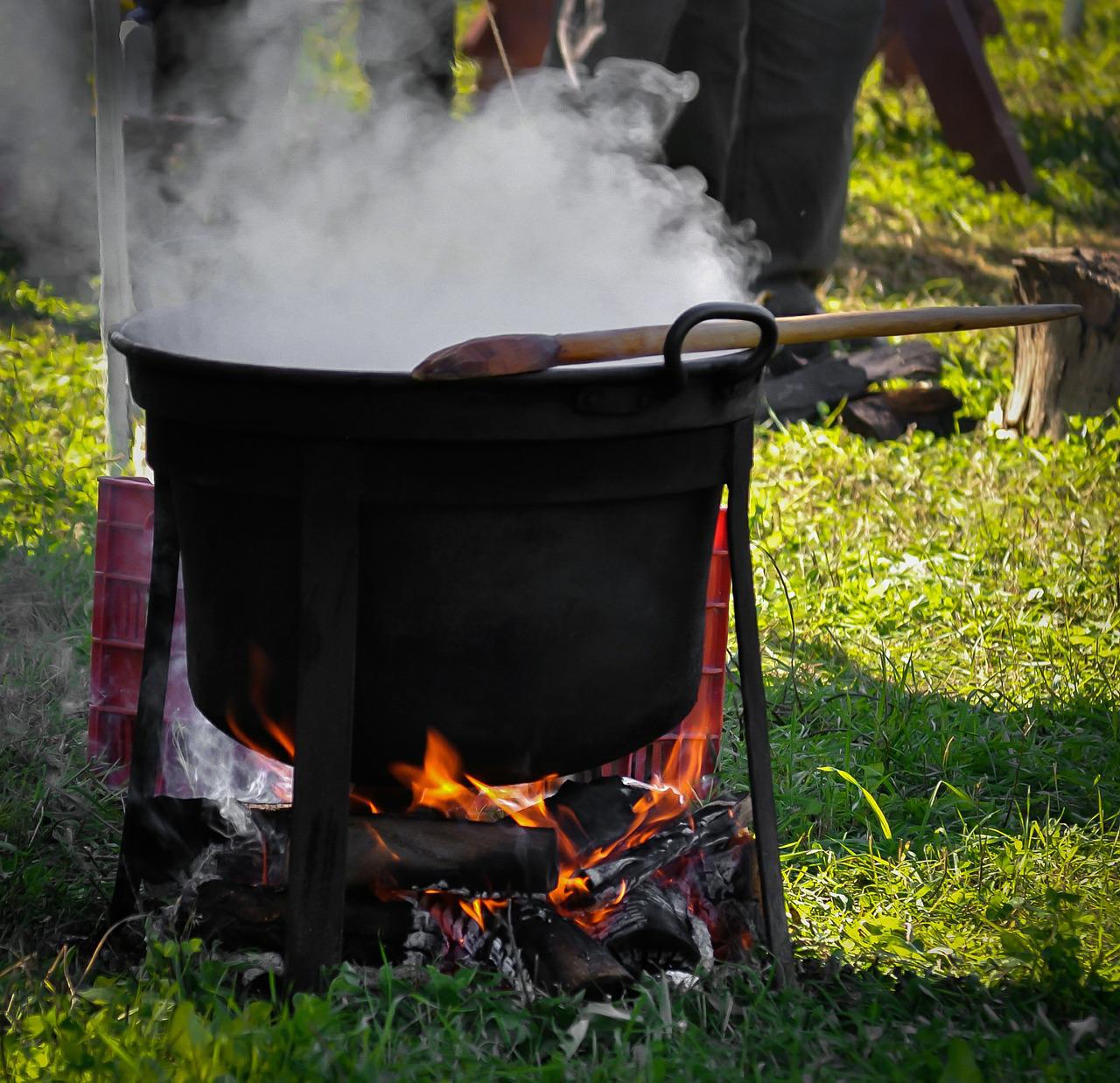F.A.Q. on Brewing Hops
Hops are the flowers of the Humulus lupulus or hop plant. The plant grows very quickly and easily reaches a height of 20 feet each growing season. Beer enthusiasts have been keen to increase the agricultural understanding of farming brew hops. However, hops have only been the subject of medical research in the past few centuries.
The first known references to the use of hops for brewing beer are from Germany and France early in the 9th cenuty. Obviously, brewers used hops for generations before. These are only two references in documents that we happen to have for beer recipes using hops.
Brewing Hops and Brewing Beer
The Hops do not supply any alcohol content to the beer when it is brewed. Instead, brewing hops help balance the bitterness of the malt and provide more fruity or citrus flavours to the beer when brewing.
There are approximately 80 different varieties of hops that are used for commercial brewing of beer in the world. Commercial brewers divide and classify hops under three categories: bittering hops, dual purpose hops and aroma hops. The categories are based on whether they tend toward more bitter or fruity flavors.
The earliest and most important research into hops examined the medicinal properties of hops because of its often observed effect and ability to induce sleep. The French pharmacist, Planche identified Lupulin, which is a very fine yellowish resin from the female flowers of hops, as the source of the sedative effects in 1813. Other health benefits of hops include aiding females during menopause.
You can learn more about hops from the American Botanical Council here. Slovenia has a whole research institute devoted to reseach on hops, which you can find here.
Most recipes for home brew make five gallons or close to 23 (19 in US) litres of beer. That means you have about 2 cases of beer when you finish crafting your home brew.
If you want to make a smaller batch to try out the flavour, it is easy to scale a recipe. You appply the scale to each ingredient for the home brew recipe: each and every grain, hop, yeast, spice, fruit or any other flavourings listed in the recipe. First, you divide the volume of the ingredient provided in the original beer recipe by the total volume of beer it brews from the recipe. This result gives the amount of each ingredient per its basic measuring unit. Second, you then multiply that number by the volume of craft beer that you would like to brew for yourself.
For example, we can imagine a brewing apprentice wanting to make a small batch of ten litres, but the recipe makes 23 litres of beer. The biggest ingredient is the malt and the original recipe calls for 3.5 kg of malt. Therefore, you divide 3.5 by 23 and multiply that by 10 and the result is aound 1.52 kg of malt. So, you only need 1.52 kg. of malt to brew a starter batch of 10 litres of craft beer. Remember, you apply the same method for every ingredient or your home brew may not be potable.
There are only four ingredients required to make beer: malt, hops, yeast and water. Though there are only four essential ingredients for brewing craft beer, each one plays a crucial role in the brewing process and the final flavour of your brew.
For example, if you add your brew hops closer to the beginning of the boiling process the flavour will retain more of the strong bitter flavour, whereas closer to the end will minimize the bitterness and favour aeormatic flavours.
You can add other flavours and ingredients like fruits or spices in order to experiment even more. A rule of thumb is about 1/2 lb or 200 gr of strong fruit flavours (raspberry, blackberry) for every gallon of home brew, while something like peach or bananas would need twice as much to impact the flavour.
Information for appentices to brewing can a guide to the process of making your brew hops into craft beer here.
No. Hops have no sugars that contribute to the alcohol content. They are important for the aroma and flavour.
The “best” hops variety is probably going to hinge on your particular preferences for flavour. There are a number of popular varieties but cascade and citra seem to enjoy the highest percentage of use in beer recipes.
Other popular varieties include Mosaic, Magnum, and Centenniel, but you can also mix them and experiment with other additives as well. The so-called “New World” hops are popular because they are able to impart fruitier flavours.
View recipes and tips for brewing here.
It takes about half an ounce of brew hops (or 14 gr) for each gallon of beer. So, around 2.5 ounces (70 gr) of hops are required for a typical 5 gallon recipe to brew craft beer.
Storing brew hops is very important. Any amount of heat or warmth speeds up degradation of the hops. Oxygen causes oxidation that affects the consistency of the hops and the quality of their oils.
Hops are normally stored within a few days after harvest and kept in cold temperatures at minimum. In most instances, farmers pelletize and pakage the hops in air-tight, vaccuum-sealed bags to preserve their freshness. Once sealed, the brew hops can be stored in a freezer for two to three years to make your craft brew.
The timing of the harvest is also crucial for long term storage of hops, so the Hop Storage Index is used to optimize storage of brew hops.
Hops are often blended and combined by those who brew at home and by commercial producers as well. There are some obvious reasons for mixing brew hops. the simplest reason is that you can get blended flavours and aromas that are distinct from a single flavor from a single hop variety.
Using mutiple types of brew hops also makes it easier to produce a more consistent flavor from recipes as well. There are different levels of acids and oils in each variety of hop. However, the levels of any single hop are also subject to change every growing season. Moreover, the ptoperties from hops from any two plants from the same season may differ consderably. Thus, you can minimize the differences that may occur in any one hop by blending two or more varieties together.
Using different hops allows you to experiment with the cooking process as well. You can add different amounts of hops (though no more than the total!) in the boiling process or with dry hopping to produce different flavours.
Lastly, the varieties of hops have different price points. One way of reducing costs is mixing a cheaper variety with a more expensive one.




